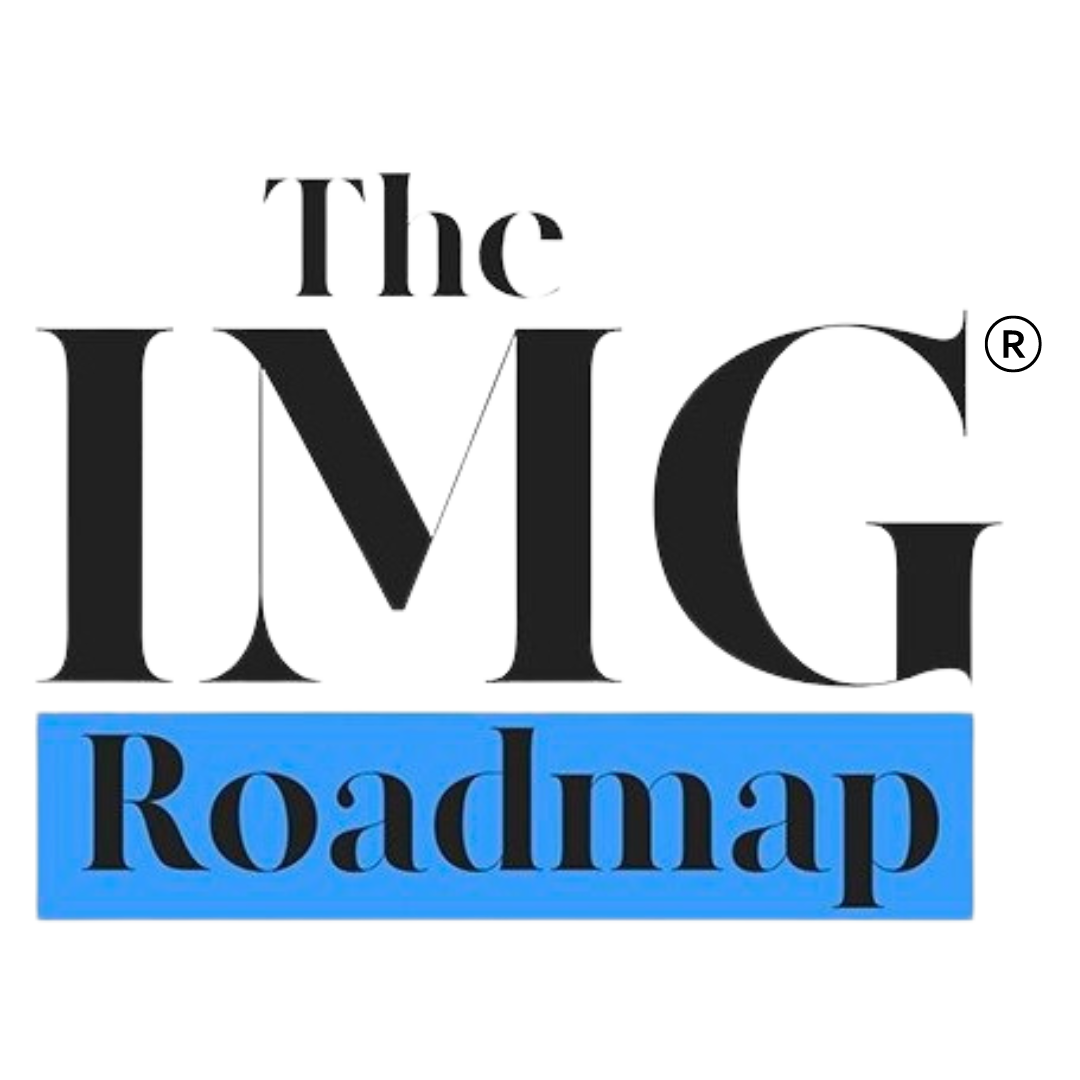IMG Roadmap Series: Dr. Type A (IM)
Over the previous 2 years of sharing lessons from my life as a previous IMG turned attending, I have received multiple questions via Instagram from FMG/IMG's alike.I realize that everyone is different, and can learn from more than just my experience. To meet the diversity of possibilities IMGs can face, it is imperative to get several different opinions! There are IMGs now from all over the world: Africa, Asia, Middle East, Latin America, and even Europe and Canada!The needs of this group vary greatly: including but not limited to visa requirements, study methods, a variety of educational backgrounds etc. No one fits a single mold anymore.Hence, I have decided to start interviewing other successful IMG's as we can all learn one thing or the other from how they studied and what they did to succeed.The interviews in this series are anonymous, but I have created a pseudonym that best describes the character of the IMG/FMG doctor you will be reading about.
Let us start off with Dr. A's perspective.
Dr. Lum:Please tell us a bit about yourself.Dr. A: I was born and raised in Bamenda, Cameroon. Attended med school there and graduated 2014. Matched into a US residency program in 2018. Currently undergoing postgraduate medical training in Internal medicine in Texas.Dr. Lum: What is your current level of training?Dr. A: PGY-1Dr. Lum: Where did you attend medical school?Dr. A: University of Yaoundé 1, Faculty of MedicineDr. Lum: What year did you graduate from medical school?Dr. A:2014Dr. Lum:When did you take USMLE step 1?Dr. A: Sometime in 2015Dr. Lum:What score did you obtain on step 1?Dr. A: 240Dr. Lum: What studying technique worked best for you?Dr. A: First, I watched the Kaplan videos and read the books. Next, I read First Aid step 1. Finally, I did Uworld, and read First Aid again. The total duration was for a period of 7-8 months.Dr. Lum: How about Step 2? When did you sit for the test?Dr. A: Sometime in 2017Dr. Lum: What score did you obtain on step 2?Dr. A: 222Dr. Lum: What studying techniques do you attribute to your success on step 2?Dr. A: All I did was Uworld. The total duration: 2 months.Dr. Lum: When did you take step 3? Dr. A: 2018, while in residency training.Dr. Lum: What score did you obtain on step 3?Dr. A: 225Dr. Lum: What study technique do you attribute to your success on step 3?Dr. A: I did Uworld for about 5-6 weeks.Dr. Lum: Did you take either one of these tests more than once?Dr. A: NoDr. Lum: What study techniques/resources/question banks/books do you attribute to your success on the USMLE?Dr. A: Uworld for all 3 steps. Additionally, First Aid for Step 1.Dr. Lum:Did you participate in clinical rotations at any US hospital prior to match day? Was this helpful to your match process? If so, please explain.Dr. A: I did observerships at a few US hospitals in Kentucky and Alabama. In my case, I don’t think those observerships made much of an impact. But, it sure does make your resume look pretty. So if you can get some observerships, especially at academic institutions, by all means, go for it.Dr. Lum: Did you participate in research or an observership at any US hospital? Can you share what you learned from this experience? Was it beneficial to how you matched?Dr. A:I did not participate in research in the US, but I already had a good research background before coming to the US.Dr. Lum: Looking back at the journey to get to where you are at, what advice would you give to yourself looking back at the process? What has been your mantra for your success thus far?Dr. A: Take the steps ASAP, as your chances are better as young IMG (< 3 years) compared to an old IMG. Secondly, aim for excellent step scores on the first attempt (repeating a step is not even an option). Finally, I cannot overemphasize the importance of NETWORKING. Through networking, IMGs tend to secure many interviews, and in so doing, give themselves better odds of matching. Dr. Lum: If you needed a visa (F1, H1B, J1 or B1/B2) for any parts of your training or time in the USA, can you please share important tips on the process?Dr. A: I’m on a J-1 visa. The process of obtaining the visa was fairly easy and straight forward. The most important step is getting a statement of need signed very early, which any director or top personnel at the ministry of health in your home country can sign. After that, everything else is very straightforward. Have questions for "Dr. A"? Drop them below.

